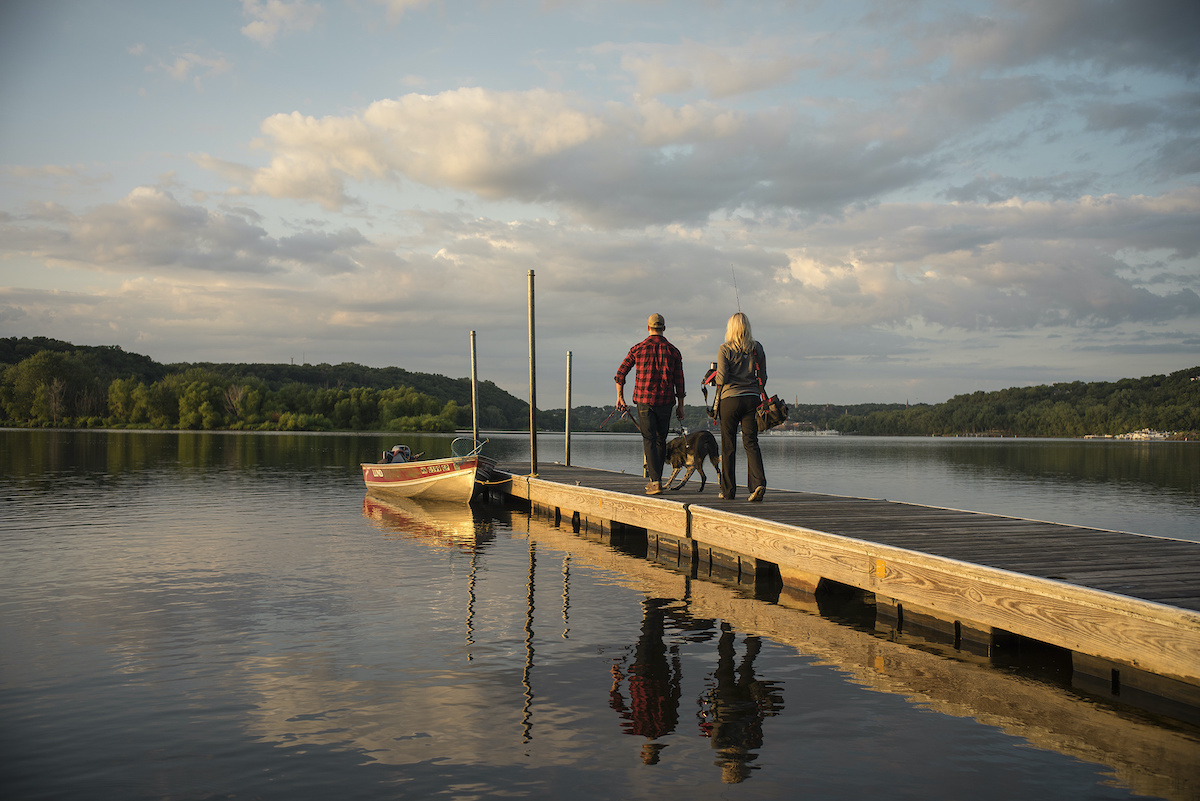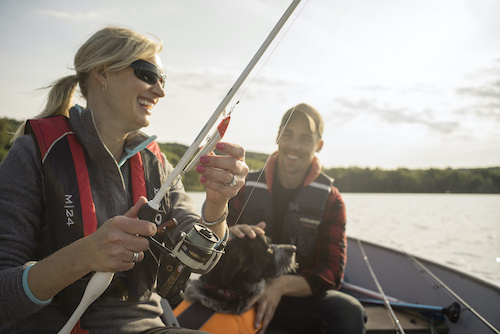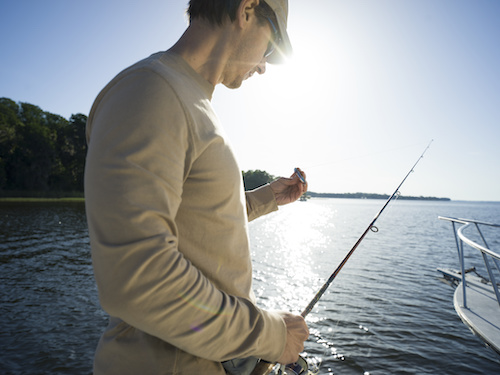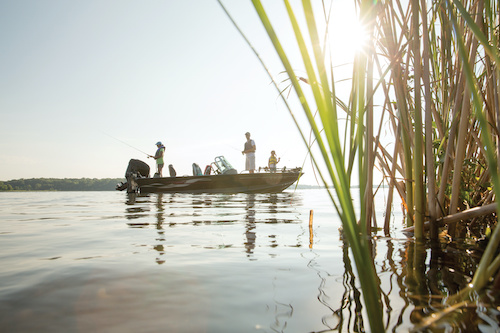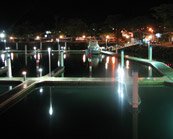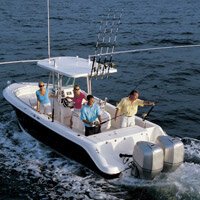Is freshwater fishing your favorite way to relax? Or, maybe saltwater fishing is your number-one hobby? Either way, as the leaves turn colors and a chill appears in the air, there’s sure to be a red-hot fall bite in your neck of the woods.
Take full advantage of it with these 10 fall fishing tips.
Explore All-Purpose Fishing Boats
1. Pay Attention to Baitfish Migration Patterns
As fall hits baitfish often go on the move, and predators will follow. Just how this works varies greatly from one body of water to the next:
- In coastal bays, it may mean that finger mullet gather near inlets as they prepare to enter the ocean and run south.
- In tidal rivers, expect young-of-year glass minnow and menhaden to move out of the creeks and into the river mouths.
- In many large reservoirs, shad will shift from creeks and feeders into the main lake where water temperatures are more stable from day to day.
In all of these cases you can bet that the gamefish you’re chasing after won’t be far behind those baitfish.
2. Be on the Lookout for Birds
Fall is a time of year when large fish often corral schools of bait, and chase their prey up to the surface. Gulls, terns, and other birds will gather over the action to pick off injured baitfish, so when you see them swooping and diving over a spot, it’s a sure-fire sign that you should try casting there.
3. Look for Fish at Depth-Related Transition Points
In most bodies of water, as the thermometer drops fish will be on the move, looking for favorable conditions. That means they’ll often be found in areas where there are abrupt depth changes (like underwater points and channel edges) so they have easy access to both shallow and deep waters throughout the course of the day.
4. When the Chill Becomes Downright Cold, Slow Your Retrieves and/or Trolling Speeds
Fish are cold-blooded, so their metabolism slows as the water temps drop. You can expect that fast, erratic retrieves will no longer accurately mimic the actions of the small fish and critters those gamefish are hunting, as they did in mid-summer.
Slow, steady retrieves, on the other hand, will become more and more effective the cooler it gets. To learn more, be sure to read How to Use a Trolling Motor.
5. Up-size Your Offerings
The colder it gets, the less interested large fish become in chasing small baits. They don’t want to burn up a lot of calories chasing a morsel, and become more focused on capturing an entire meal in one energy-efficient gulp.
6. Consider Targeting Different Species
Consider targeting different species. Just how important this is depends on where you do your fishing, but in some parts of the nation as some species of gamefish go dormant, others come alive. Fish like walleye, pickerel, and pike are just a few examples of gamefish that often pick up the pace of their feeding behavior as water temperatures drop.
7. Look for Waters Warmed by the Sun
While few fish technically hibernate, many species do go into a state of semi-torpidity when the waters grow cold. On warm, sunny days, however, they may seek out areas that are sun-warmed and have temperatures a few degrees higher than the surrounding waters. Shallow coves and flats with dark-colored bottoms that soak up UV rays, or weedbeds that haven’t died off yet, are good examples of such spots. They will often hold actively feeding predators when other areas can only offer a slow bite.
8. Match the Hatch
Yes, of course this is something you should always bear in mind, but in the fall it can become doubly important because the prey that fish become focused on can change rather radically from month to month or even from week to week. This is particularly true for fly fishermen targeting trout, because an entirely different selection of insects hatch in the fall as opposed to during the summer months.
9. Look for Weeds
As fall hits weedbeds begin to die off and shrink. As a result, the fish that feed around them tend to become more and more concentrated. In some places a fraction of the weeds will persist even as the water begins to ice up, and many species will use them as hunting grounds.
10. Pay Attention to "Turnover"
In some bodies of water when the surface temperatures drop, the cooled water sinks down and force warmer waters below to rise up. As the water “turns over,” temperature and oxygen stratification are eliminated and larger areas tend to have hospitable conditions for many types of fish.
Between having more room to comfortably roam and the drop in visibility that often accompanies turnover (because the mixing waters circulate suspended solids), fishing can become tough. However, during the turnover phase predators are likely to gather at transition points where they can easily shift from shallow to deep zones (see tip number three, above).
Once you locate such an area and catch a fish or two, stick with it through the turnover phase, which may last for a week or may continue until ice forms on the water. The fish are likely to continue holding there until conditions change.
So, Ready for Fall Fishing?
Okay: are you ready to layer up and hit the water? We certainly hope so, because fall offers some of the best fishing of the year. And armed with these 10 tips, we’re betting you’re about to enjoy some red-hot fall fishing action.
Read Next: Fall Boating: 6 Reasons to Keep Boating into Autumn
You May Also Like:
